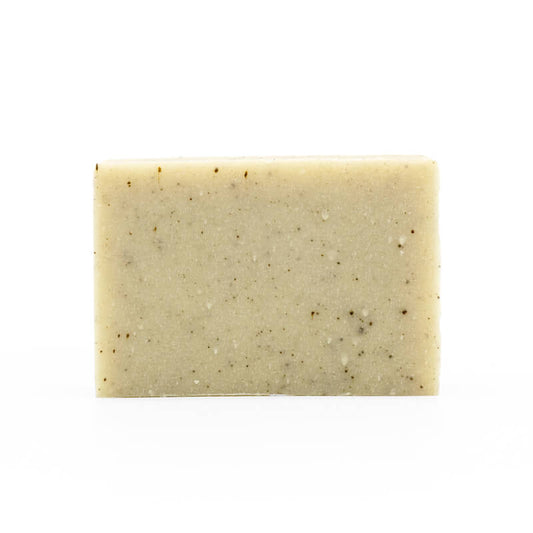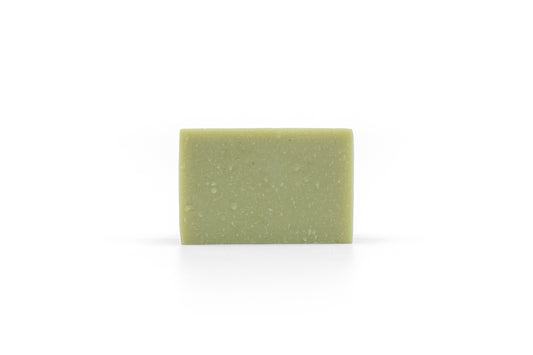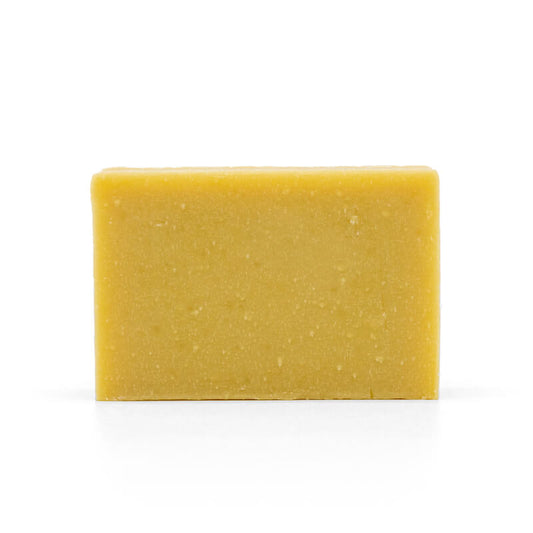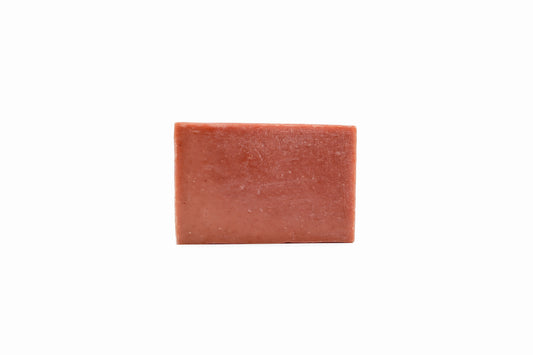Rosemary Essential Oil

A popular herb frequently encountered in kitchens around the world, rosemary is an aromatic plant that is perfect for use in scented self care products. The naturally derived handmade soaps from Beaverton’s feature rosemary essential oil as one of many well-loved natural fragrances used to enhance skin care and bathing.

Sprig of rosemary leaves, the primary source of rosemary's scent and flavour ; Image: goodFOOD
The plant known as “rosemary” is an evergreen shrub in the sage family commonly used as a seasoning in food. Rosemary leaves grow in a needle-like shape that somewhat resembles other evergreens like pine or hemlock, and these leaves are the source of the aromatic herb found in kitchens around the world. Originally native to the region surrounding the mediterranean, this plant has a long history of use with mentions of the herb appearing in multiple ancient texts. For centuries knowledge of rosemary moved around the globe until reaching western Europe in the 8th C.E., although widespread naturalisation did not occur until later. By the 14th century C.E. English texts began to document use of rosemary as both a seasoning and medicinal herb. Rosemary was also valued at this time for use in perfumery, with one of the earliest alcohol based perfumes in Europe containing rosemary as a primary ingredient. Known as “Hungary Water” for its supposed origin as a product first made for a queen of Hungary, this early perfume was produced by distilling rosemary in high strength alcohol along with other aromatic herbs such as thyme, lavender, mint, orange blossom, marjoram, and costus. The rosemary based fragrances of Hungary water were highly popular, with its production in Europe continuing for centuries. Come the 18th century, French perfumers in Montpellier were making some of the most commercially desirable Hungary water due to the apparent quality of their rosemary, so much so that there were even information campaigns warning of counterfeit French Hungary water.

An advertisement for Hungary water perfume from 1857 ; Image: The British Library
Today, rosemary is still used in perfumery and it is frequently encountered as a seasoning in food. The leaves on the rosemary plant are the primary source of flavour and fragrance, although whole twigs may be harvested from the plant as well. Rosemary plants are often left to grow for a few years until they are mature enough for their first harvest, at which point only a portion of their foliage is taken to allow regrowth for future harvesting. When employed as a culinary seasoning, rosemary leaves are used in both fresh and dried forms. Rosemary is usually processed into essential oils when used in perfumes, soaps, and other self care products. Essential oils made from rosemary are primarily made through steam distillation, and they contain large amounts of camphor, along with small amounts of other natural compounds like carnosic acid, rosmarinic acid, and carnosol, which give rosemary its distinct aroma and taste. The naturally derived soaps from Beaverton’s feature rosemary essential oils which have been steam distilled from certified organic rosemary grown in Spain.

Flowers of the rosemary plant ; Image: Wikipedia/Margalob
The astringent and camphoraceous scent of rosemary blends together with other natural aromas to stimulate and inspire the senses. Washing with the handmade small batch soaps of Beaverton’s can bring the fragrance of organic rosemary to daily self care for an enlivening and refreshing experience.







